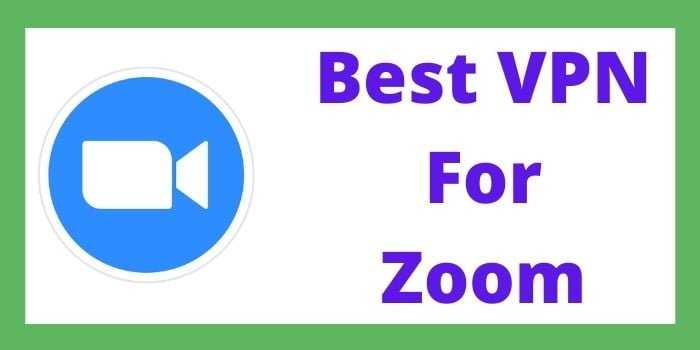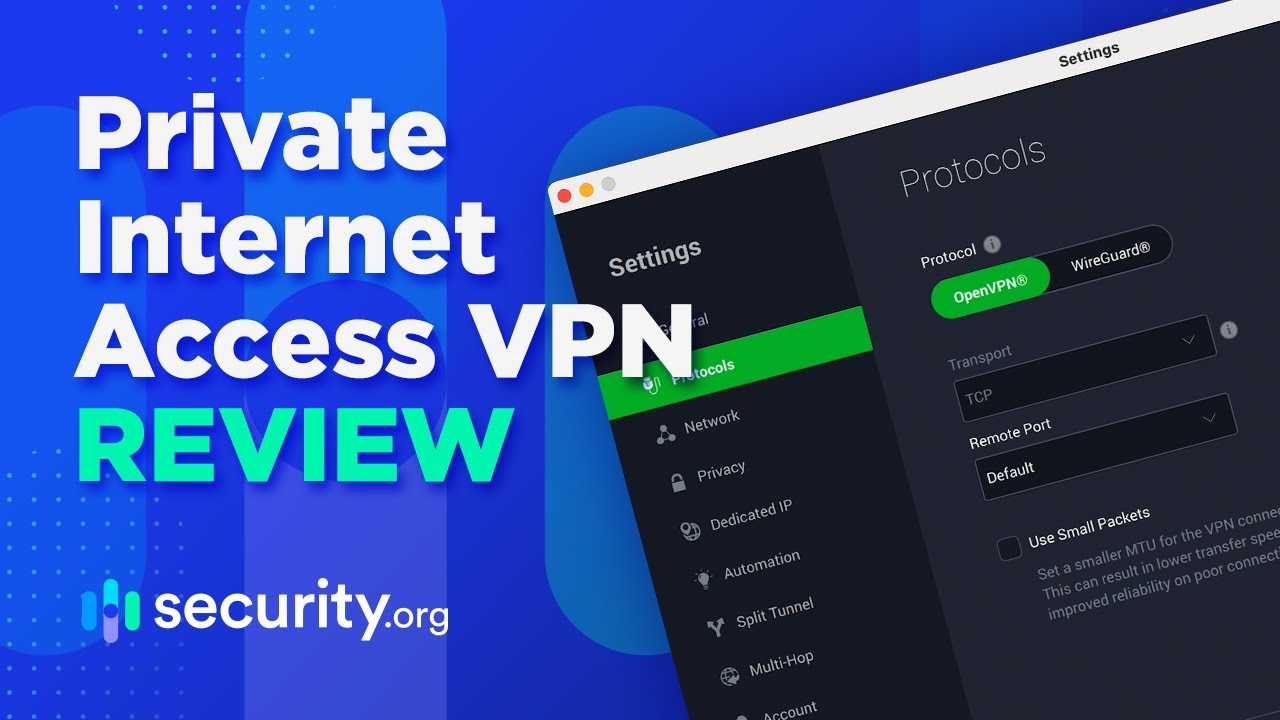Physical Address
Timertau, Pr. Respubliki 19, kv 10
Physical Address
Timertau, Pr. Respubliki 19, kv 10


As remote work and virtual collaboration continue to dominate professional landscapes, selecting a reliable connection to ensure your privacy during video conferences has never been more critical. In a year marked by increased digital threats, the demand for seamless, secure connections has skyrocketed. Prioritizing trustworthy platforms that provide exceptional encryption and low latency will enhance the quality of your virtual interactions.
Among the leading innovations, protocols like WireGuard are emerging, showcasing impressive reductions in latency–up to 40% faster–compared to traditional options. This makes them particularly suited for real-time communications, ensuring that whether you’re discussing sensitive business details or collaborating on projects, the flow remains uninterrupted. Pay attention to features such as AES-256 encryption and connection stability when assessing which service aligns with your needs.
As the landscape becomes more competitive, notable contenders are stepping forward. ExpressVPN stands out for its reliability and expansive server networks, making it an appealing choice. However, it is essential to explore other options as well, including Surfshark and IPVanish, which also present commendable speed and privacy features. Each service has its own strengths, and detail-oriented users may wish to dig deeper into individual offerings before settling on a preferred choice.
When selecting a virtual private network for online communication platforms, certain features play a crucial role in ensuring smooth and secure interactions. This analysis highlights the essential aspects one should consider to enhance their use of remote meeting platforms.
1. Fast Connection Speeds
Bandwidth is vital for uninterrupted video streams. Look for providers that offer speeds between 150-250 Mbps to ensure high-quality video calls and reliable connections. A speedy service minimizes latency, which is crucial during discussions and collaborations.
2. Low Latency
Reduced latency contributes to seamless conversation flow. Latency below 20 ms is ideal for effective communication, allowing participants to engage without noticeable delays or interruptions during discussions.
3. Strong Encryption Standards
Implementing robust encryption protocols, such as AES-256, is essential to protect sensitive information exchanged during online meetings. This level of encryption safeguards against eavesdropping, ensuring that discussions remain private and confidential.
4. Compatibility with Multiple Devices
To adapt to various environments, ensure the chosen service is compatible with multiple devices (Windows, macOS, iOS, Android). This flexibility allows users to connect seamlessly regardless of their location or preferred device.
5. Bypass Geo-Restrictions
A VPN that enables access to geo-restricted content enhances functionality during virtual gatherings. This can facilitate sharing material or screens that may otherwise be blocked based on location.
6. Reliable Customer Support
Effective customer support can greatly enhance user experience. Look for providers that offer 24/7 assistance through multiple channels, ensuring help is available whenever issues arise, especially during critical meetings.
7. User-Friendly Interface
An intuitive interface simplifies the connection process, allowing users to focus on their meetings rather than troubleshooting connectivity issues. A straightforward setup process for beginners can enhance usability across varied technical skill levels.
By focusing on these features, users can select from the top picks that not only enhance security but also improve the overall experience during virtual interaction sessions.
| Provider | Speed | Latency | Encryption | Devices | Support |
|---|---|---|---|---|---|
| Provider A | 250 Mbps | 15 ms | AES-256 | Windows, macOS, iOS, Android | 24/7 Support |
| Provider B | 200 Mbps | 18 ms | AES-256 | Windows, macOS, iOS | Email & Chat |
| Provider C | 150 Mbps | 20 ms | AES-256 | macOS, iOS, Android | Chat Support |
Current trends show a notable impact from modern protocols like WireGuard, which can enhance performance by reducing latency by nearly 40%. This innovation is pivotal for maintaining stable connections, particularly in scenarios where real-time interaction is critical.
For optimal performance, users should prioritize metrics such as high speed (150–250 Mbps range is common) and minimal latency. Choosing services with a substantial server presence often correlates with better speeds and connectivity options. Below are some of the leading options available, evaluated on their performance metrics:
Service A
Service B
Service C
Conduct tests to assess performance under real-world conditions. For instance, a recent analysis showed that service with over 3000 servers maintained excellent stability during calls, making it suitable for those seeking reliable connectivity.
As you consider choices, don’t overlook the significance of licenses ensuring reliable service quality. A resource like where to find licenses with warranty can provide insights into selection and security for your communications.
Firstly, when selecting a connection protocol, opt for modern options like WireGuard. This protocol significantly reduces latency and ensures fast, stable connections, essential for high-quality video interactions. You should also verify that your chosen service supports AES-256 encryption, which provides robust protection against unauthorized access.
In addition, enabling a kill switch feature is crucial. This tool cuts your internet connection if the VPN drops unexpectedly, preventing accidental exposure of your IP address during a session. Make sure to activate this option within your VPN settings.
Another consideration is disabling WebRTC. This technology can leak your real IP address even while connected to a VPN. Most reliable VPN applications have settings to manage this feature effectively.
Bandwidth is equally important. Aim for a VPN that guarantees high speeds, ideally in the range of 150-250 Mbps. This range helps maintain clear and uninterrupted video quality for virtual conversations. ExpressVPN is known for its impressive speeds, which can contribute positively to your meeting experience.
Lastly, when using your VPN, select a server that is geographically close to the Zoom server to minimize latency. If your connection remains sluggish or unstable, try switching servers until you find one that offers optimal performance during your video calls.

Many users prefer specific services for their consistency. Reports indicate that providers like Surfshark can maintain steady connections even with bandwidth-intensive tasks. Users conducting meetings have noted minimal lag times and reliable audio and video clarity. One participant shared their experience, stating they faced no disruptions on a call while connected to this service.
Another popular choice, often highlighted by users, boasts distinctive features, including dedicated servers optimized for various online tasks, including streaming and calls. According to multiple accounts, these servers provide stable connections that facilitate uninterrupted meetings.
An interesting benchmark was reported by a user in Turkey, who experienced seamless call quality with a popular choice during peak hours. Their connection speed clocked in at around 80 Mbps, which is generally adequate for high-definition video calls.
In addition to user insights, many have tested less mainstream options with mixed results. For instance, some individuals using ProtonVPN noted connectivity issues during peak times, leading to frustration during important discussions. Despite some shortcomings, it still serves as a solid alternative, especially when considering its free tier, which remains a popular entry point for those exploring similar services.
With the increasing reliance on virtual interfaces, users are encouraged to prioritize performance factors. Most participants advocate for options that assure strong security, user-friendly interfaces, and responsive customer support to resolve any potential issues quickly.
In summary, your best bets for smooth and clear virtual discussions often revolve around exploring various offerings to find what aligns with personal needs. Reviews show that numerous individuals value experience over price, recognizing that investing in a dependable option can transform digital interactions into productive collaborations.
Free tools usually come with limited data allowances, reduced speed, and potential logging of user activity. Many rely on advertisements for revenue, which can compromise privacy and lead to degraded performance during critical calls. Conversely, paid services typically provide faster connections, a wider selection of servers, and enhanced security protocols like AES-256 encryption and support for modern tunneling methods like WireGuard.
For instance, substantial performance differences emerge when comparing free offerings to paid options. Tests show that free solutions often cap speeds below required thresholds, impacting video quality and stability. High-definition calls typically necessitate speeds of at least 10-20 Mbps, which may not be consistently achievable with unpaid services.
Under subscription models, users like those opting for ExpressVPN experience improved connection reliability and reduced latency, enhancing the quality of virtual interactions. It’s not uncommon for paid plans to reach speeds upward of 300 Mbps, greatly facilitating smooth communication among larger groups.
Moreover, reviewing different subscription models is essential to identify optimal solutions tailored for specific needs. For example, providers such as Surfshark and IPVanish are noted for minimizing latency while offering affordability, making them suitable for teams seeking effective solutions without overspending.
In evaluating costs, consider future Zoom usage patterns. For occasional use, a free service may suffice. However, for businesses relying heavily on remote interaction, investing in a paid subscription can provide significant returns through improved efficiency and security.
In a rapidly changing digital environment, identifying the right tools for secure interactions–supported by reliable technology–remains critical. As operational needs evolve, ensuring robust connectivity will facilitate seamless collaboration and communication.
When considering long-term commitments, it’s advisable to analyze user reviews and speed tests from independent sources. This ensures that selections align with anticipated needs, allowing for uninterrupted and efficient virtual interactions.